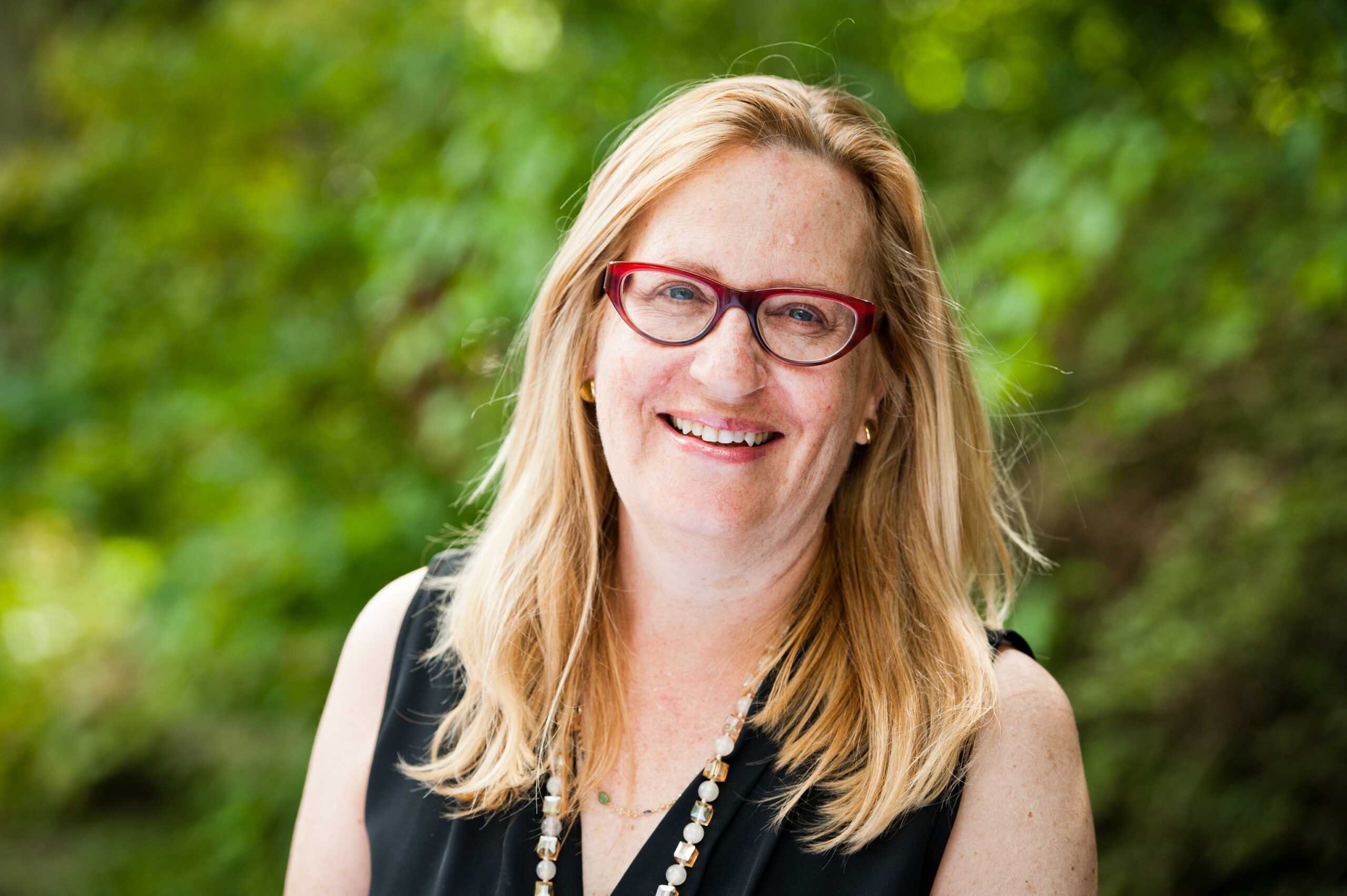
This piece was originally published on June 9, 2020 at eJewishPhilanthropy at this link.
By Cyd Weissman, Dr. Jeffrey Kress, Nancy Parkes, and Dr. Evie Rotstein
The calendar says the school year should end. However, many Jewish educators, witnessing the effects of the pandemic on their students, and now civic unrest, are challenging the calendar’s norms. Instead of closing down the year, they are asking, “How might we continue to engage our students through the summer?”
We Jewish educators — all educators, really — are finding ourselves without a script or playbook for moving ahead. Our role is shifting in so many ways. At times like this, there are no best practices to rely on; we must draw instead from best principles.
We think of principles as guidelines to inform the design of educational experiences. When principles are applied, practice emerges. The phrase “best practice” is only earned after trying and seeing what actually enlivens the principle in a way that positively impacts students.
Last week, close to 150 educators from around the globe gathered on a Zoom webinar to explore principles and practices for these uncertain times. Based on our work with Social, Emotional, and Spiritual Learning (SESL), we recommended five principles as a starting point. We share them with you, along with an invitation for you to add to an emerging educators’ playbook.
Principle 1: We need each other; build connection and relationships
Make the time to develop deeper relationships. We are all feeling a profound sense of loss. We must intentionally make the space to connect to find our shared humanity.
Example of practice: Begin gatherings with a connection question. Let everyone share. Connect through personal emails, texts and even a handwritten postcard.
Principle 2: Jewish content and experience is a path to explore emotions
When learners are given the opportunity to discuss the emotions of the characters of the Torah, or share their feelings about a particular prayer or text, they gain a deeper understanding of the text and of their own emotions.
Example of practice: Two summer holidays, Tisha B’Av, followed by Tu B’Av a week later, often not included in the school year’s curriculum, offer a chance to explore emotion. Tisha B’Av, is regarded as the saddest day of the Jewish calendar, while the Mishna states that Tu B’Av is the “happiest of days.” Help students know generations past, and today, experience a full range of emotion. Explore the links between how our ancestors coped and how we manage our own swings of emotion.
Principle 3: Support spiritual moments, from quiet to exuberant
Create space to calm the mind and body. Also, support exercise, Jewish singing and dancing to release unpleasant emotions and awaken joy.
Example of practice: Learners sit in a comfortable position. Ask them to notice their breath and where in their body tension or stress reside. Instruct them to inhale through their nose and exhale through their mouth. Invite students to simply breathe with the words of Shema, connecting to Oneness.
Principle 4: Remember to love and care for yourself
Give permission and model ways for self-care. Rightfully, we are now focused on healing others and righting injustices in our society. Self-care is a must when fostering the resilience needed to meet the day.
Example of practice: Find at least one thing to feel positive or grateful about every day. Look for a funny YouTube video, a heartwarming story, or a song with a hopeful message. To double the impact, share positivity with others.
Principle 5: Connect with the world beyond the “classroom”
The zoom-screen, just like the classroom, is not the whole world: Design for space beyond the boundaries of the computer. We have the unique opportunity to center learning into the home.
Example of practice: Invite students to share photos of their families conducting a ritual (Jewish/or secular). Explore how ritual marks time and feeling. Support parents with Jewish stories, fulfilling their wish to discuss challenging images and issues with their children.
These five principles are always a guide for Jewish learning. We know many educators are practiced in applying them in a face-to-face environment. The new playbook we are all creating shows how to apply them now, just as students’ need is greatest.
In last week’s webinar “Love and Caring in the Time of Corona,” participants shared practices for applying the principles on a Padlet (https://www.shalomsesl.org/ideas-for-love-and-caring-in-the-time-of-corona.html). We hope you can benefit from their creativity and add to the resource.
The work ahead for educators, camp counselors and clergy, is to collectively create new best practices informed by these SESL principles. Then our students will remember “Jewish” was there for them with love and care-especially during a summer when over 100 hundred Jewish camps in North America closed because of a frightening pandemic.
The Hebrew word for hero is gibor. Its root is gevurah, meaning strength. We’d be remiss if we didn’t mention the remarkable strength we heard from the Jewish educators attending the webinar. Despite incessant demands on their time, energy and wellbeing, these educators are asking, “How do we do more because our students need us?” We hope you’ll join us in saluting, offering a virtual hug, to Jewish educators across the globe who are among our community’s giborim.
Cyd Weissman, Vice President, Innovation and Impact, Reconstructing Judaism
Dr. Jeffrey Kress, the Bernard Heller Professor at the William Davidson School of Jewish Education of the Jewish Theological Seminary
Nancy Parkes, Education Consultant and doctoral candidate at the Jewish Theological Seminary
Dr. Evie Rotstein, Director of Leadership and Professional Development, HUC-JIR








